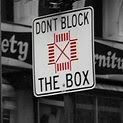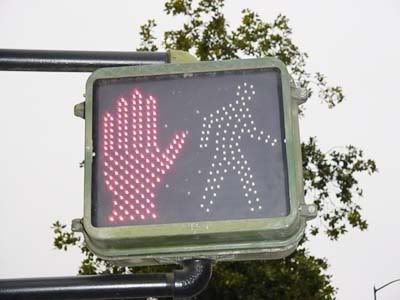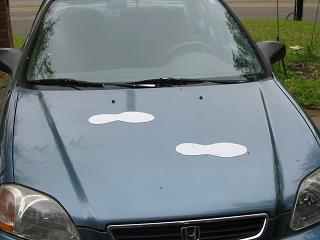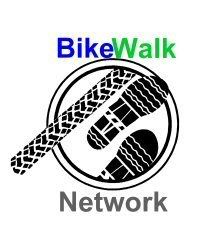Don't Block the Box

One of my biggest pet peeves is motorists who block crosswalks. You'll see them roll up to a stop light or stop sign or even pulling out of a driveway. They completely ignore the pavement markings and just roll up and completely block a crosswalk. They usually don't bother to look if pedestrians are crossing and even if they do, half the time they figure if they get there first, the pedestrians will just have to go around them. They are wrong:
F.S. 316.2061 Stop when traffic obstructed.--No driver shall enter an intersection or a marked crosswalk unless there is sufficient space on the other side of the intersection or crosswalk to accommodate the vehicle the driver is operating without obstructing the passage of other vehicles or pedestrians, notwithstanding any traffic control signal indication to proceed. A violation of this section is a noncriminal traffic infraction, punishable as a moving violation as provided in chapter 318.
The law is pretty clear that stopping at the stop bar is mandatory:
316.123 Vehicle entering stop or yield intersection.--
(1) The right-of-way at an intersection may be indicated by stop signs or yield signs as authorized in s. 316.006.
(2)(a) Except when directed to proceed by a police officer or traffic control signal, every driver of a vehicle approaching a stop intersection indicated by a stop sign shall stop at a clearly marked stop line, but if none, before entering the crosswalk on the near side of the intersection or, if none, then at the point nearest the intersecting roadway where the driver has a view of approaching traffic on the intersecting roadway before entering the intersection. After having stopped, the driver shall yield the right-of-way to any vehicle which has entered the intersection from another highway or which is approaching so closely on said highway as to constitute an immediate hazard during the time when the driver is moving across or within the intersection.
Some big cities where this is actually considered a serious problem, rather than just pooh-poohed by local police as too low a priority to enforce, have done some innovative things. In the '90s, apparently New York City had an aggressive program called "Don't Block the Box" that focused mostly on the vehicular gridlock aspect of this problem. Other cities have taken hold of the idea (Seattle, Miami)
They didn't actually care about pedestrians so much as car traffic being blocked by people stopping in intersections. However, as a result of the enforcement effort, things got better for peds too. Drivers started looking at pavement markings and didn't enter intersections if they didn't have enough room on the far side.

Part of the enforcement was against peds who started crossing the street after the red hand started flashing. I favor this in principle. I mean, if you want orderly travel, everyone has to play by the rules. I also know that the rules are stacked against us. There may be intersections in Miami or New York where the pedestrian demand is high enough to determine signal timing, but in Tallahassee, outside of FSU campus I can't think of anywhere that pedestrian demand drives the length of a light. In many cases you have to push the ped call button, wait until the next cycle, then cross immediately because you only get a few seconds of go time before the hand starts flashing. Just try calling Traffic Engineering to get signal timing changed for pedestrians. Be prepared for a lengthy debate. Cars-no problem. Peds-good luck. That's about par for the course.
On the whole, I would gladly have the law called down on pedestrians who can't wait for the signal if we actually got enforcement to keep our crosswalks safe and clear. If I knew that it was safe to cross when the Walk light came on, I'd be willing to wait for it.


